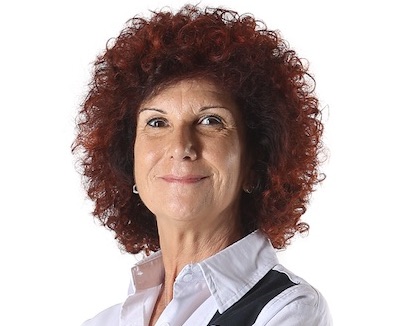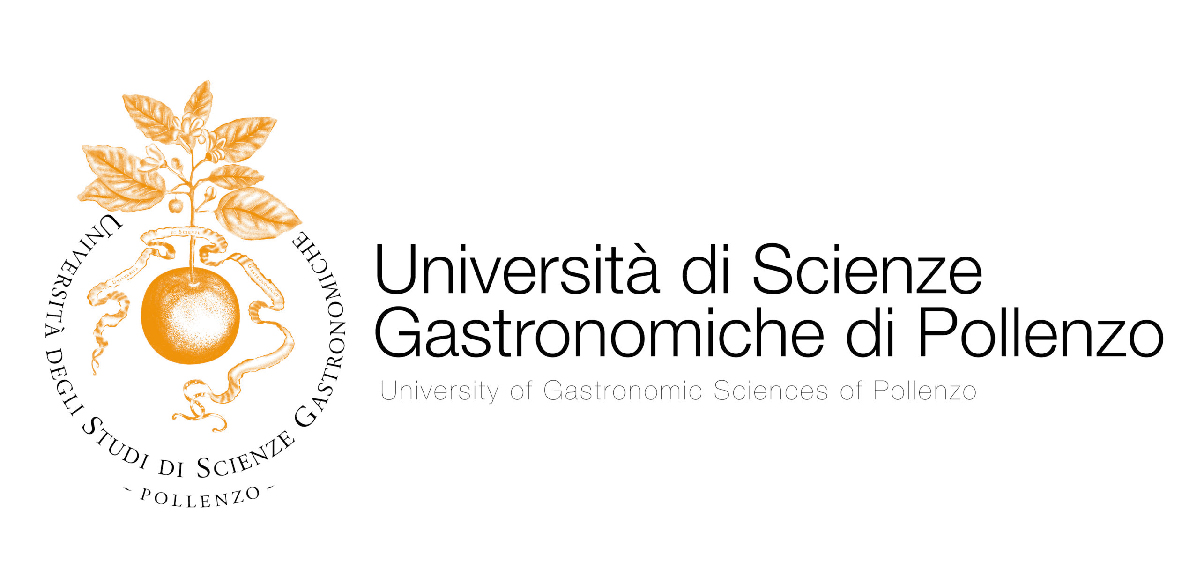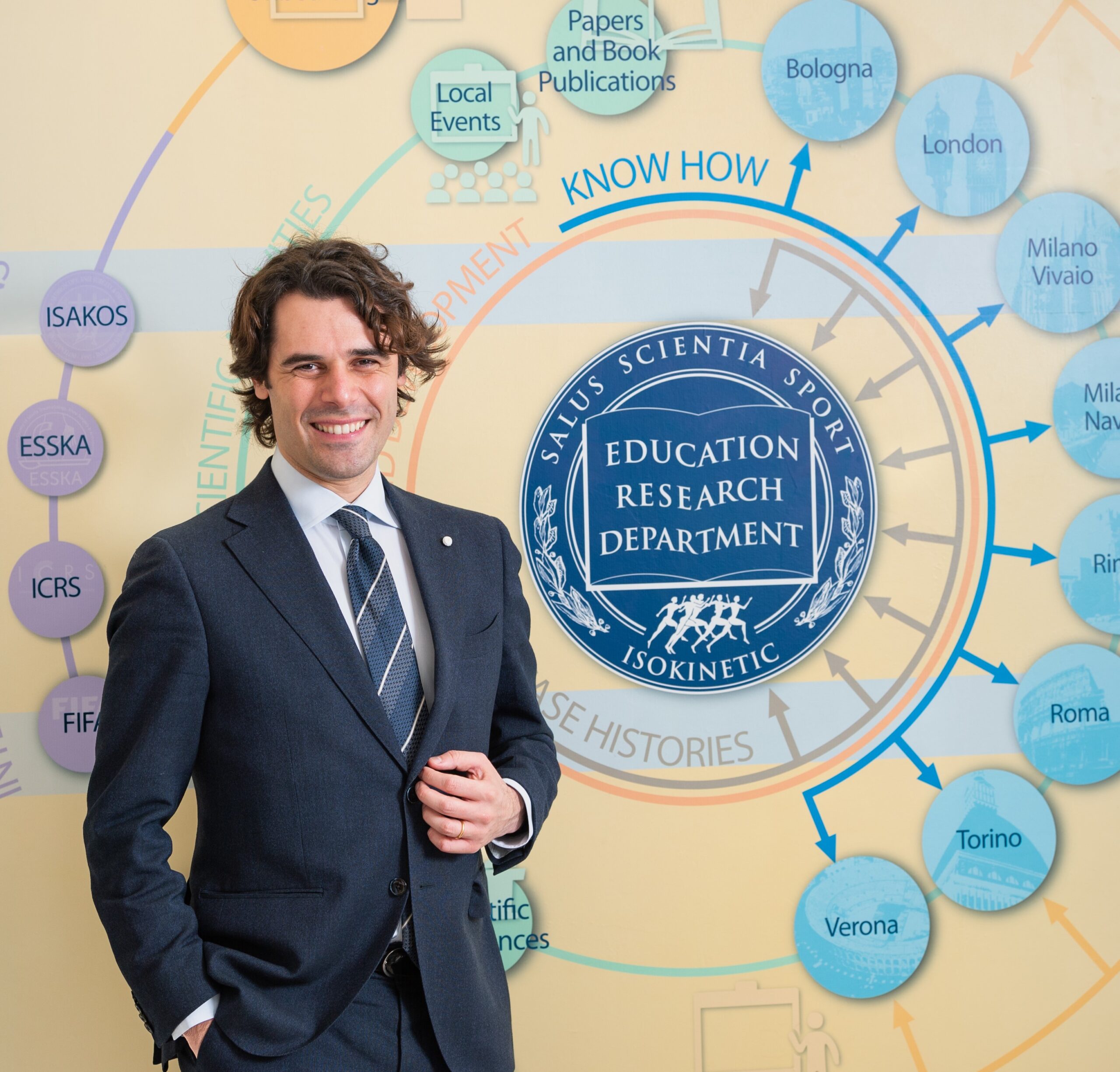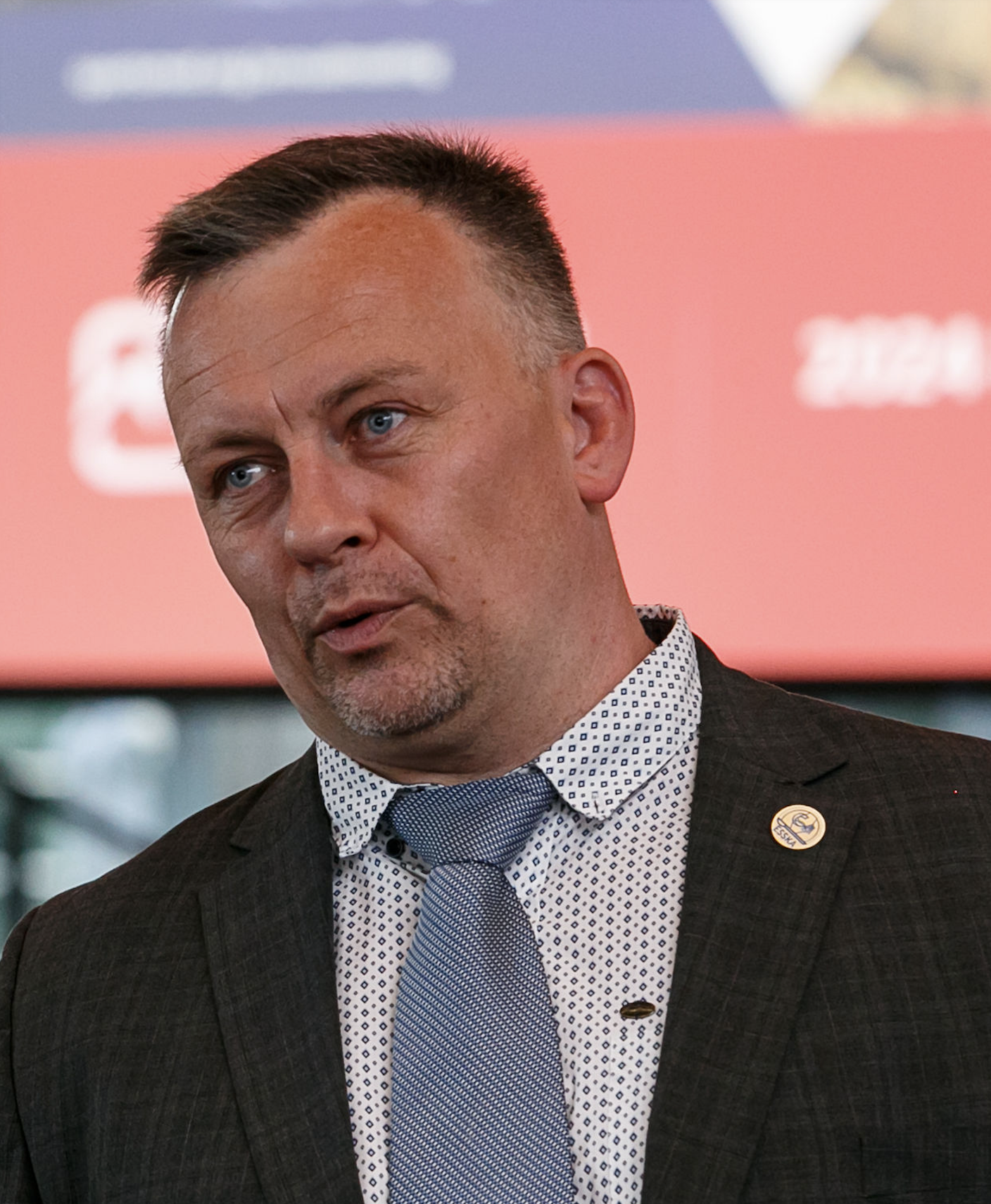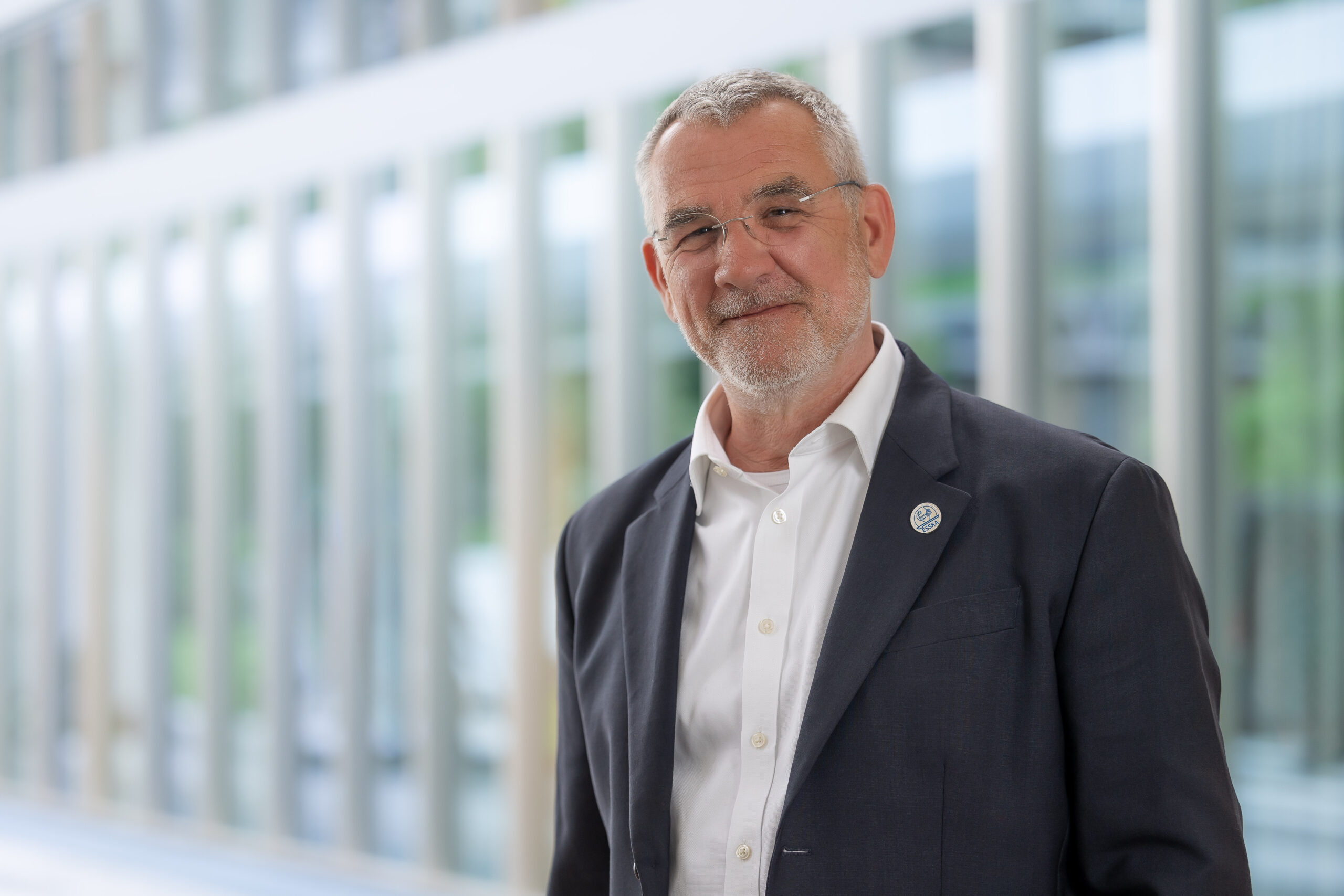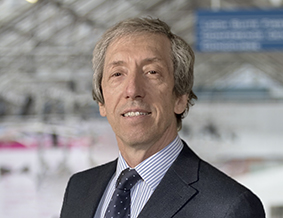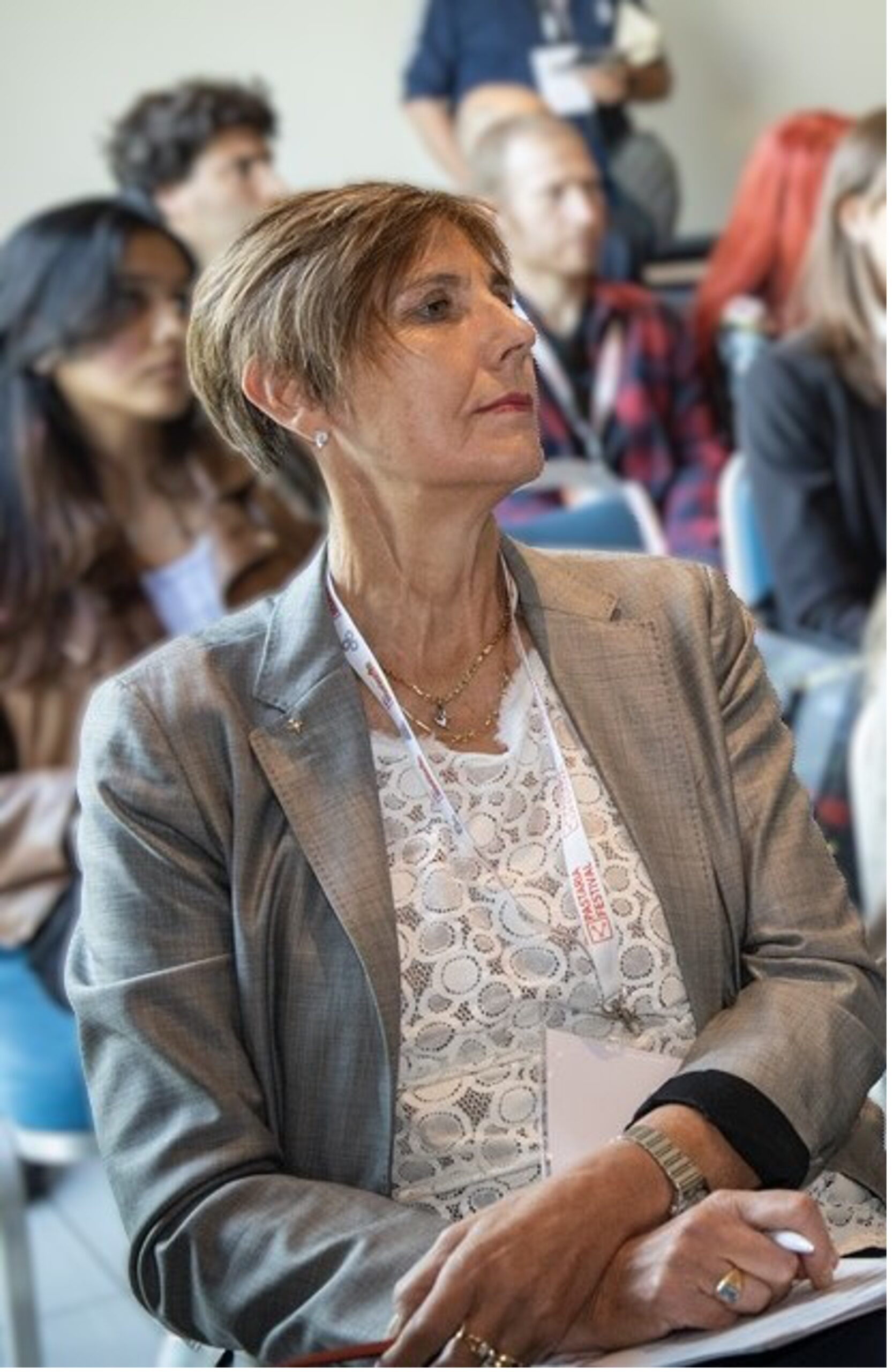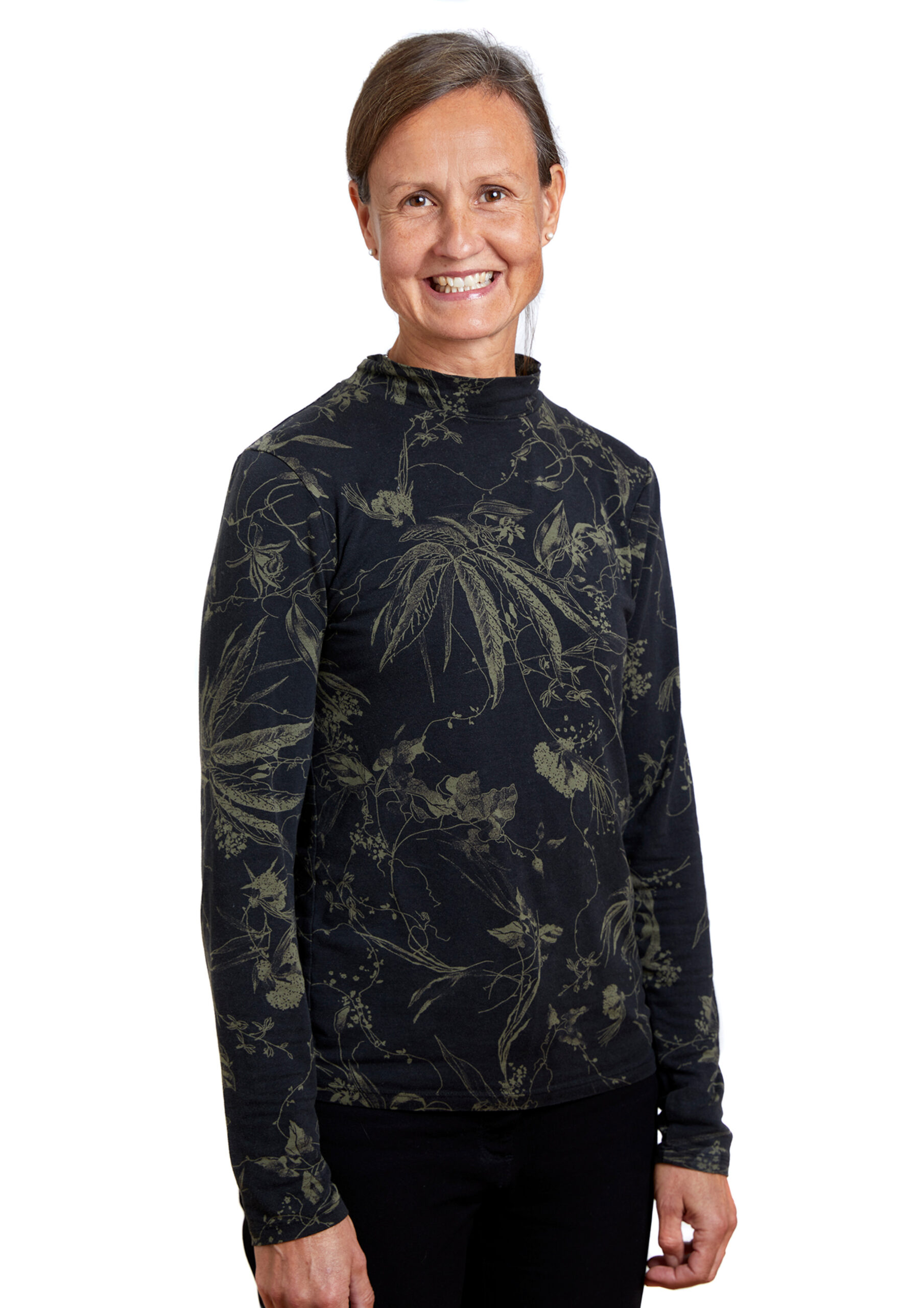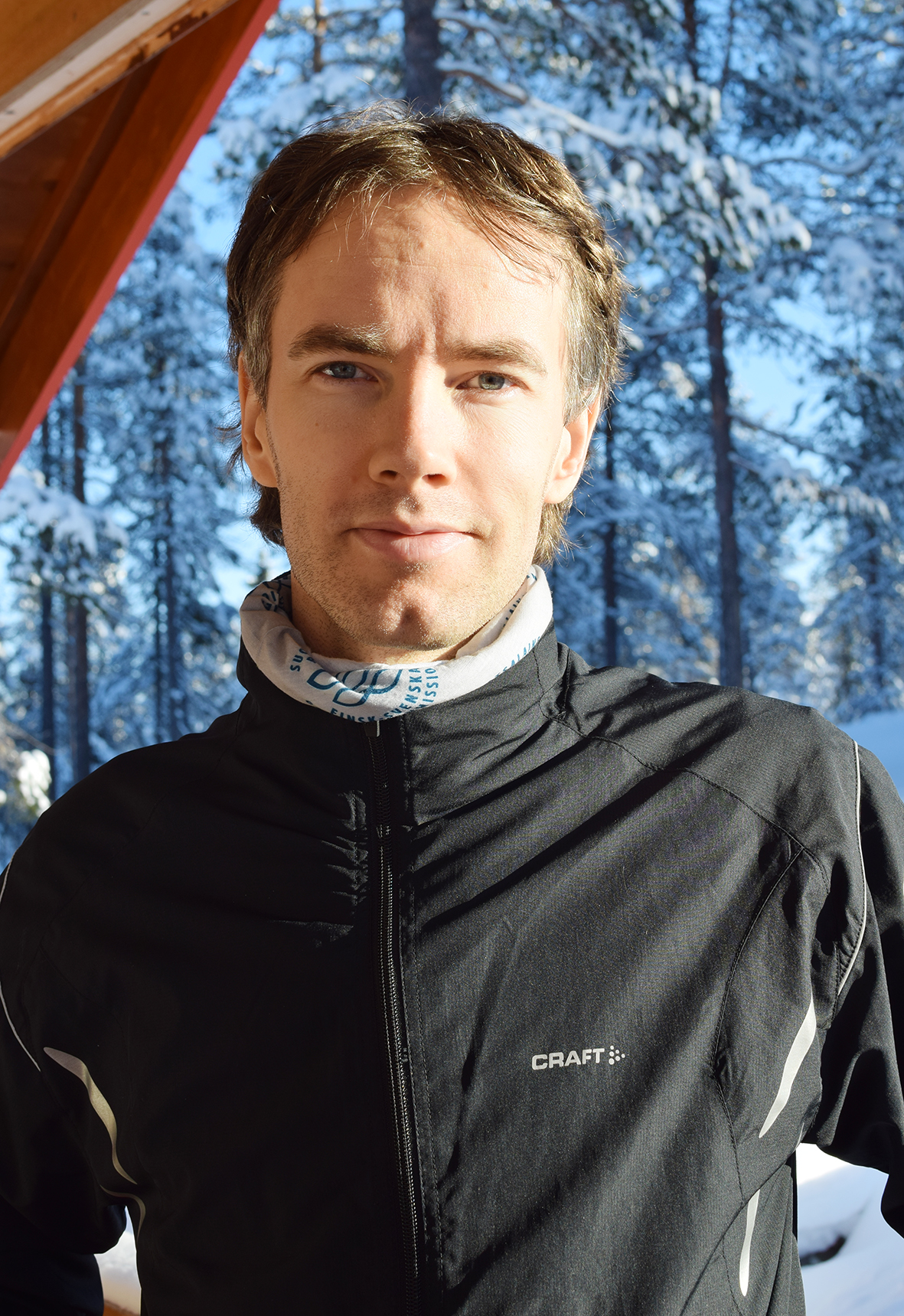Sestriere: una stazione turistica nata per lo sci
Il Colle del Sestriere, ad un’altitudine di 2035 metri tra l’Alta Val Susa e l’Alta Val Chisone, era, fino all’inizio del XX secolo, un pascolo d’alta quota coperto per metà dell’anno da metri e metri di neve. Sembrava quasi creato dalla natura per celebrare il nuovo sport dello sci, diventando una meta unica per il turismo sciistico.
L’intuizione fu del senatore Giovanni Agnelli e di suo figlio Edoardo, che insieme decisero di creare un grande comprensorio invernale su quel colle. Nell’inverno del 1931/1932 fu inaugurata la funivia Alpette Sises, seguita l’anno successivo dalla funivia della Banchetta e, nel 1937, dalla funivia del Fraiteve. Nell’ottobre del 1932, con Regio Decreto, fu istituito il Comune di Sestriere, con due sci rappresentati nello stemma per sottolinearne le radici. Dalle prime ardite discese dei pionieri dello sci, questa disciplina a Sestriere è cresciuta costantemente fino agli anni ’80, con la nascita del comprensorio della Vialattea, che ha ampliato i confini dello sci, aprendo il comprensorio al turismo internazionale.
I ricordi sportivi di Sestriere sono legati all’esaltante “doppietta” di Alberto Tomba nel gigante e nello slalom nel 1987, che consacrò l’atleta bolognese a livello internazionale. Tomba vinse a Sestriere anche nel 1994, nel primo slalom notturno nella storia della Coppa del Mondo di sci alpino. Sestriere entrò definitivamente nell’Olimpo dello sci con i Mondiali di sci del febbraio ’97, le Olimpiadi e Paralimpiadi invernali di Torino 2006, oltre a numerosi eventi della Coppa del Mondo di sci alpino.
La IV Universiade invernale si svolse a Sestriere, in Italia, dal 5 al 13 febbraio 1966, con la partecipazione di 434 atleti provenienti da 29 nazioni di tutto il mondo.
E ora… spazio ai Giochi Mondiali Universitari Invernali di Torino 2025, come oggi viene chiamata la Universiade invernale.


